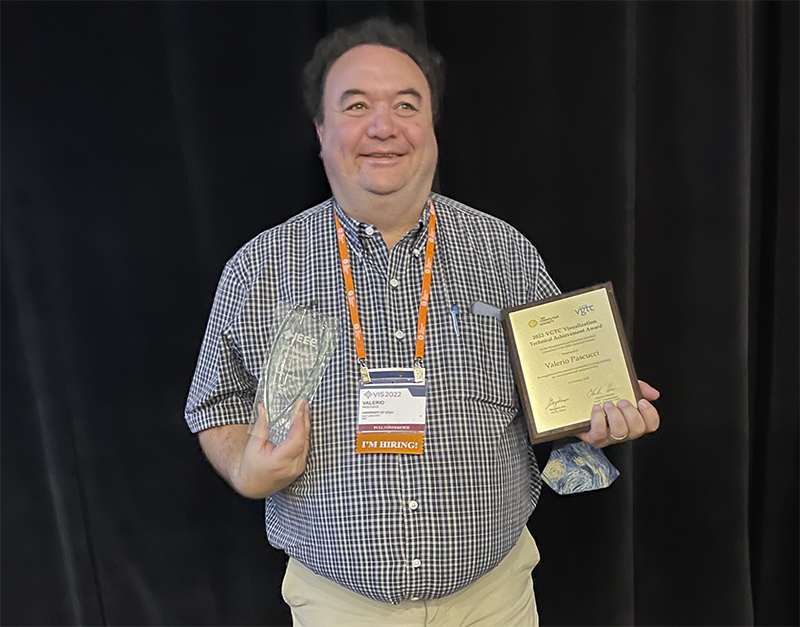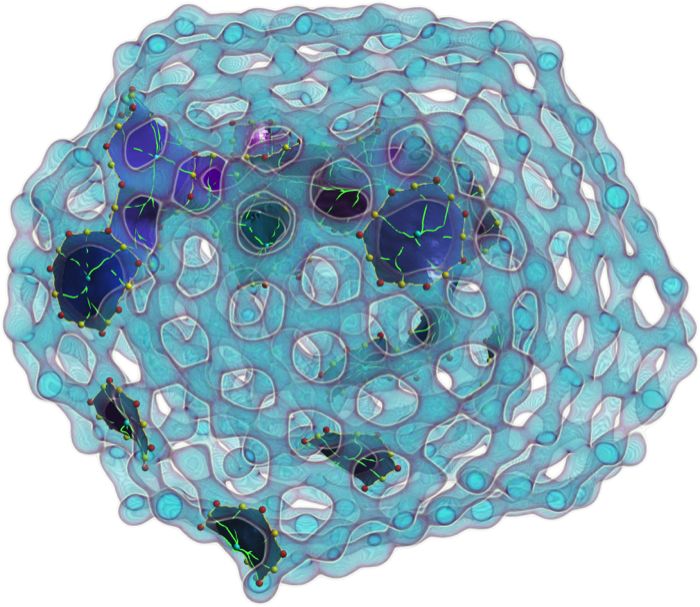Smokey Bear is mostly right—you can help prevent wildfires—but it’s not all on you. Using fire-resistant building materials, establishing vegetation-free “ignition zones,” and avoiding fire-related activities when it’s hot, dry and windy are actions that, ideally, we all can take.
The scientific community, too, has a preventive role to play around natural disasters, urbanization and climate change. Recent advances in this area, like attempts to predict fire behavior before it becomes unmanageable, are the result of an ambitious project to build a continent-wide network of intelligent sensors that monitor environmental changes.



 The 2022 VGTC Visualization Technical Achievement Award goes to Valerio Pascucci for his seminal contribution in using topology for visualization and analysis of data.
The 2022 VGTC Visualization Technical Achievement Award goes to Valerio Pascucci for his seminal contribution in using topology for visualization and analysis of data. 
 Anna Busatto has been named a recipient of the 2022 Pac-12 Postgraduate Scholarship.
Anna Busatto has been named a recipient of the 2022 Pac-12 Postgraduate Scholarship. SEED2SOIL: Telematic Data for Fleet Vehicles: A Data-Driven Solution Towards Optimal Fleet Management and Clean Vehicle Adoption
SEED2SOIL: Telematic Data for Fleet Vehicles: A Data-Driven Solution Towards Optimal Fleet Management and Clean Vehicle Adoption